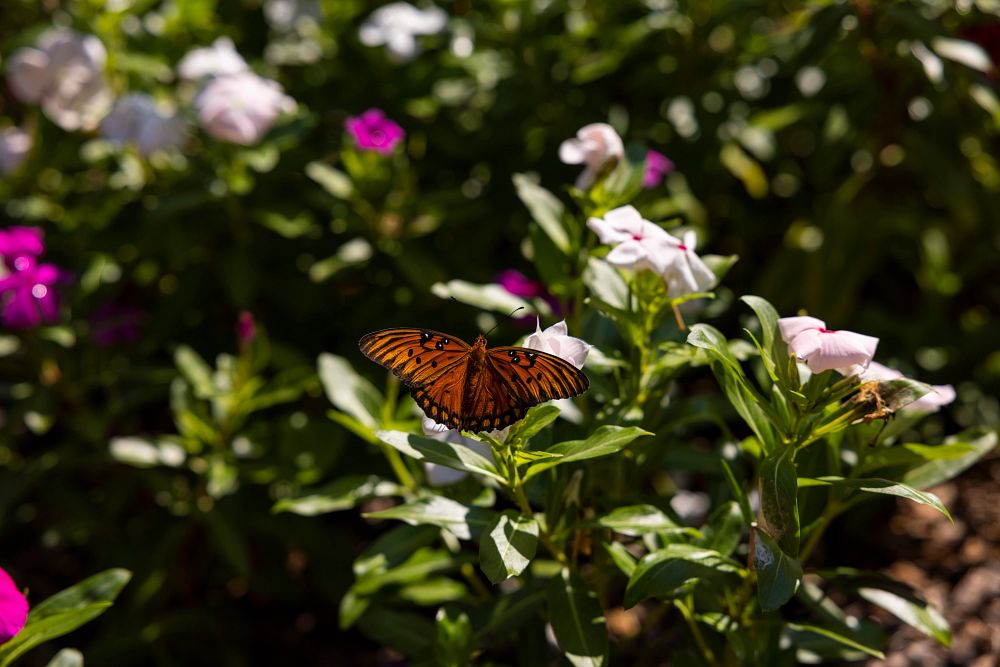With all of the rain Georgia has gotten this winter, it’s easy to forget the state was ever in extreme drought. But just because the drought is over doesn’t mean water conservation practices should stop. Too much water can be just as bad as not enough for plants.
Overwatering wastes water, damages roots and causes the plant to slowly starve to death.
“One of the signs that you’re overwatering is that the plant will often look wilted, which is absolutely the opposite of what you would think,” said Bob Westerfield, a University of Georgia Cooperative Extension horticulturist. “The plant will kind of begin to look like it needs more water, and if it does that pretty frequently, then chances are you might be overwatering.”
Another sign of overwatering is brownish-colored roots. These roots are unable to absorb water and nutrients. Plants will yellow from the top down and begin to look dead. Additionally, high temperatures and water levels create the perfect environment for disease.
Too much water moisture too quickly can also cause fruit to crack, especially tomatoes.
If a plant has not reached a critical point, it will usually come back as long as it receives only the water it needs.
“One of the most important measures you can take to prevent overwatering is buying a rain gauge,” said Paul Pugliese, a UGA Extension agent in Cherokee County.
Rain gauges can measure water plants are receiving, Pugliese said. One inch of rain per week is typically enough. Most plants will not need much more, but vegetables might.
Shallow-rooted plants like lettuce, spinach, mustard and radishes will not need as much water as plants with deep root systems like tomatoes.
Checking the soil moisture is also a good way to tell if the plant needs more water. The soil should feel mildly moist.
Also, a blue-green tinge or a slight wilting is not bad. “It is better to let your plants show small signs of stress such as early wilting or cupping before watering,” Westerfield says.
When you do water, irrigate in the early morning and avoid getting water on the foliage. Westerfield recommends slow-drip irrigation because it gets the water where it’s needed and reduces disease risk. If needed, irrigate twice a week, half an inch each time and 4 to 5 inches down in the soil when plants are blooming and producing vegetables.
The amount of water needed can vary depending on where the plant is growing. For example, a raised bed or pot will drain faster than a traditional in-ground garden.
Westerfield is a proponent of planting in raised beds 4 to 6 inches above the ground. However, be careful or you may end up with too little moisture for plants.
The type of soil also has an influence on drainage. Good soil, such as one with a high organic content, drains faster. Clay soils hold more water. Sandy soils hold less.
Look to see where the water is coming from, such as gutters and driveways, and where it is going. With proper design, water problems can be fixed.
Some solutions include terracing, changing the slope of the house or incorporating rain gardens. Mulch can fix some water problems. Even though mulch holds in moisture, it also slows down the movement of water and can keep plants from washing away.






